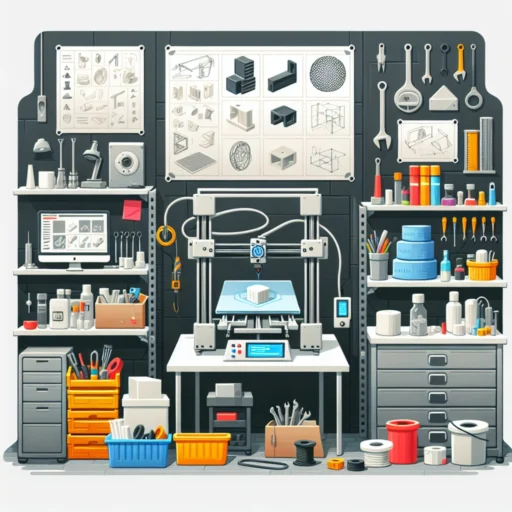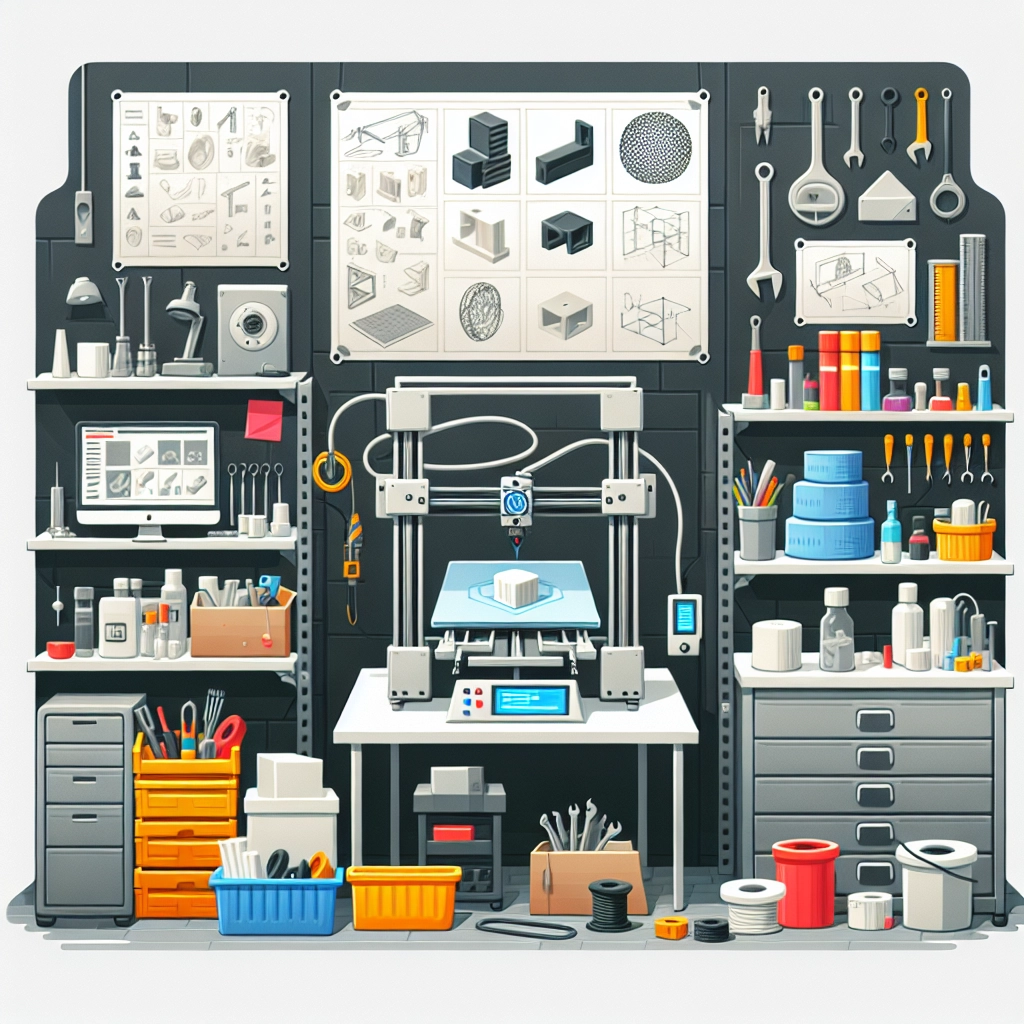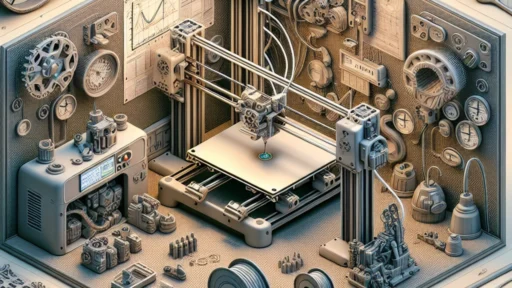From Hobby to Business: Starting Your 3D Printing Journey
If you’ve ever marveled at the idea of creating something tangible from a digital design, then you might have stumbled upon the world of 3D printing. Initially seen as a niche hobby reserved for tech enthusiasts, 3D printing has taken the world by storm and has evolved into a burgeoning industry. With prices for equipment becoming more accessible and creative software becoming user-friendly, now is an excellent time to transform your 3D printing interest from a hobby into a lucrative business.
Getting Started: The Basics of 3D Printing
Before you dive into the nitty-gritty of starting your business, it’s essential to understand the fundamentals of 3D printing. At its core, it involves layering materials to create a three-dimensional object from a digital file. There are various methods of 3D printing, but Fused Deposition Modeling (FDM) is the most popular for beginners and hobbyists. This technique works by melting plastic filament and extruding it layer by layer.
To get started, you’ll need:
- A 3D printer: Entry-level printers can be found for a few hundred dollars, while more advanced machines can cost thousands. Do your research to find what fits your budget and business goals.
- Filament: The material used for printing. PLA (polylactic acid) is a great choice for beginners because it’s easy to work with and environmentally friendly.
- Design software: Software like Tinkercad or Fusion 360 can help you create or modify designs. There are also extensive online libraries where you can download designs for free or purchase them.
Defining Your Niche
Once you’ve got the basics down, the next step is to think about what you want to create. The beauty of 3D printing is its versatility. From functional prototypes to artistic sculptures, the possibilities are endless. However, trying to be a jack-of-all-trades might dilute your efforts.
Start by identifying a niche that excites you. Are you passionate about gaming? Consider printing custom figurines or game pieces. Or maybe you’re into home decor? You could produce unique vases, wall art, or even custom furniture pieces. The key is to find an area where your passion intersects with market demand. Research online marketplaces like Etsy or eBay to see what is trending and where there are gaps you can fill.
Setting Up Your Business
Transitioning from a hobbyist to a business owner will require a bit more structure. Here are some critical steps to get you started:
-
Create a Business Plan: Outline what you plan to sell, your target audience, marketing strategies, and financial forecasts. This document doesn’t have to be overly formal, but it should give you a roadmap for where you want to go.
-
Legalize Your Business: Depending on your location, you’ll need to register your business and cover any local regulations. Don’t forget about any licenses, permits, or tax registrations you may require.
-
Set Up an Online Presence: In today’s digital age, an online presence is crucial. Build a website that showcases your products and offers easy purchasing options. Social media platforms can be powerful tools to help you connect with potential customers and showcase your creations.
-
Source Your Materials Wisely: Look for quality suppliers for your filament and printer parts. Building relationships with suppliers can also lead to bulk discounts, which can be beneficial for your bottom line.
Marketing Your Creations
Now that your business is set up, it’s time to spread the word! Leverage social media, SEO, and online ads to get your products in front of potential customers. Engaging content, such as behind-the-scenes videos of your printing process or showcasing customer reviews, can create a relatable brand identity.
Furthermore, attending local craft fairs, trade shows, or maker spaces can help you connect with your community and gain valuable exposure. Word of mouth can be a powerful ally, so don’t hesitate to encourage satisfied customers to recommend your work.
Continuous Learning and Adapting
As you begin your business, stay curious and dedicated. The 3D printing world is always evolving with new technologies, materials, and methods. Joining online forums or community groups can provide you with support, inspiration, and tips for continual improvement.
Starting a 3D printing business is more than just turning your hobby into a paycheck; it’s about creating a space where your passion can flourish and learning to navigate the challenges that come your way.
So, whether you’re envisioning yourself crafting custom products for tabletop gamers or unique designs for eco-friendly homeware, remember that the journey is just as important as the destination. Dive in, embrace the process, and watch your 3D printing dreams take flight!






